

Cuba's quintessential holiday destination is steadily regaining former glory, striding forward to the future where it will once again rank among the finest beach resorts in the Caribbean. Varadero is far from a synthetic vacationer theme park some hold it for - the town is home to nearly 20,000 Cubans and exudes local flavour despite being primarily known for its first-class luxury hotels.
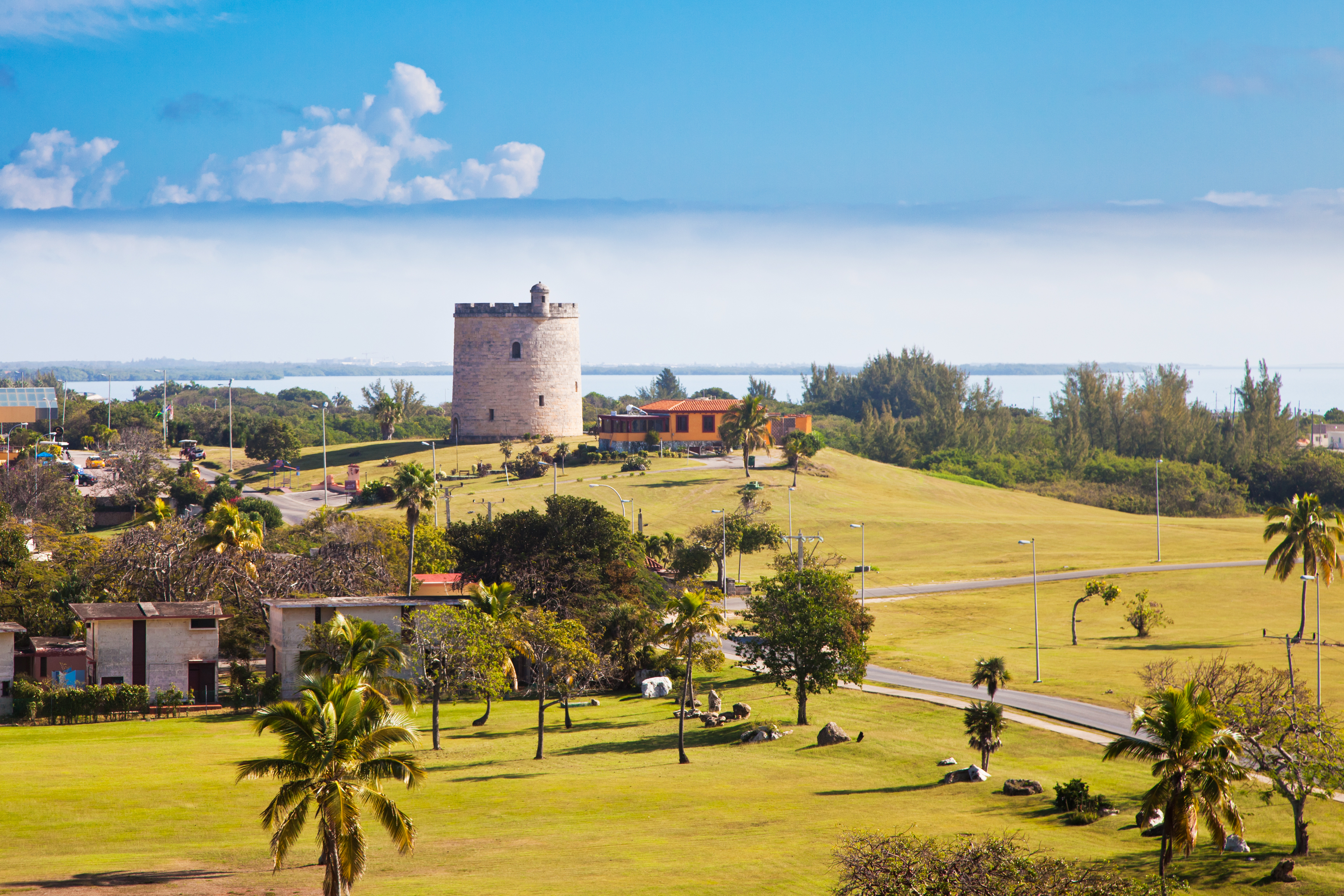 Evgenia Bolyukh/Shutterstock.com
Evgenia Bolyukh/Shutterstock.com
The Peninsula
Varadero's momentum as a tourism hub was put to a halt by the Revolution - a nearly 50-year-long break in visitor influx that now shows major signs of revival.
The place name "Varadero" often comprises not just the town proper, but the entire Hicacos Peninsula that juts into the Atlantic reaching out over 20km north from Cuban mainland. On average, the peninsula's width does not exceed five hundred meters, which brings both good and bad with it - the extremely narrow stretch of land makes dining and entertainment venues seem sparse and certainly complicates bar-hopping; on the upside, one is never too far from the beach, being within short walking distance from some of the most stunning white-sand shores on the island at all times.
Central Varadero is the area between roughly Calles 10 and 64 - this is where most life in town revolves around, and where many of the more affordable hotels are concentrated (cheaper options may be found in the western part of Varadero, towards Cuban mainland). The peninsula's east is known for being less populous - this is where the more refined luxury hotels and all-inclusive resorts are to be found.
 Diego Cervo/Shutterstock.com
Diego Cervo/Shutterstock.com
Do & See
Although crisp white-sand beaches are Varadero's main draw, the resort town's appeal extends far beyond those alone. Underneath the cerulean waters lie endless marine treasures, from natural sea fauna to an artificially created underwater marine park of sorts (Cayo Piedras del Norte), with (intentionally) sunken vessels and aircraft waiting to be explored by divers and/or glass-bottom boat passengers. There are a few attractive golf courses in the area, along with several small-town attractions. Some 20km out of town lies the so-called Saturn Cave - a natural grotto filled with water, where diving descents are possible.
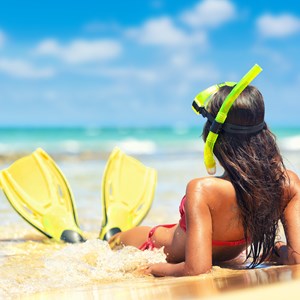 Maridav/Shutterstock.com
Maridav/Shutterstock.com
Diving & Snorkeling
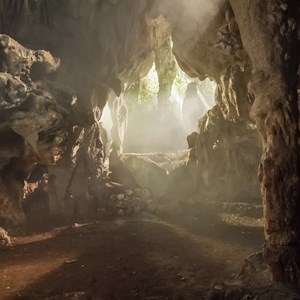 Ammonite/Shutterstock.com
Ammonite/Shutterstock.com
Ambrosio Cave
 Filipe Frazao/Shutterstock.com
Filipe Frazao/Shutterstock.com
Museo Municipal de Varadero
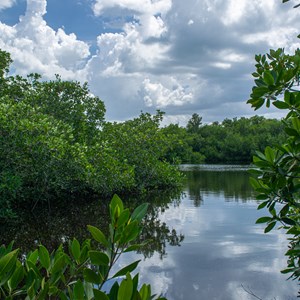 Tonhio411/Shutterstock.com
Tonhio411/Shutterstock.com
Varahicacos Ecological Reserve
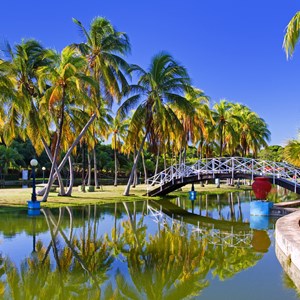 Zbynek Jirousek/Shutterstock.com
Zbynek Jirousek/Shutterstock.com
Josone Park
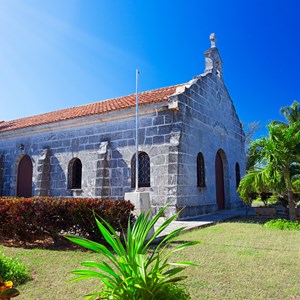 Denis Belyaevskiy/Shutterstock.com
Denis Belyaevskiy/Shutterstock.com
Parque Central & Iglesia de Santa Elvira
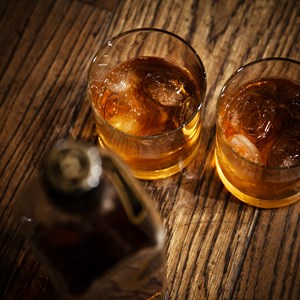 terekhov igor/Shutterstock.com
terekhov igor/Shutterstock.com
House of Rum
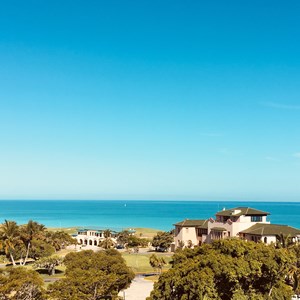 zqy723/Shutterstock.com
zqy723/Shutterstock.com
Mansion Xanadu
 Kamira/Shutterstock.com
Kamira/Shutterstock.com
Marina Gaviota
 Elena Larina/Shutterstock.com
Elena Larina/Shutterstock.com
Delfinario
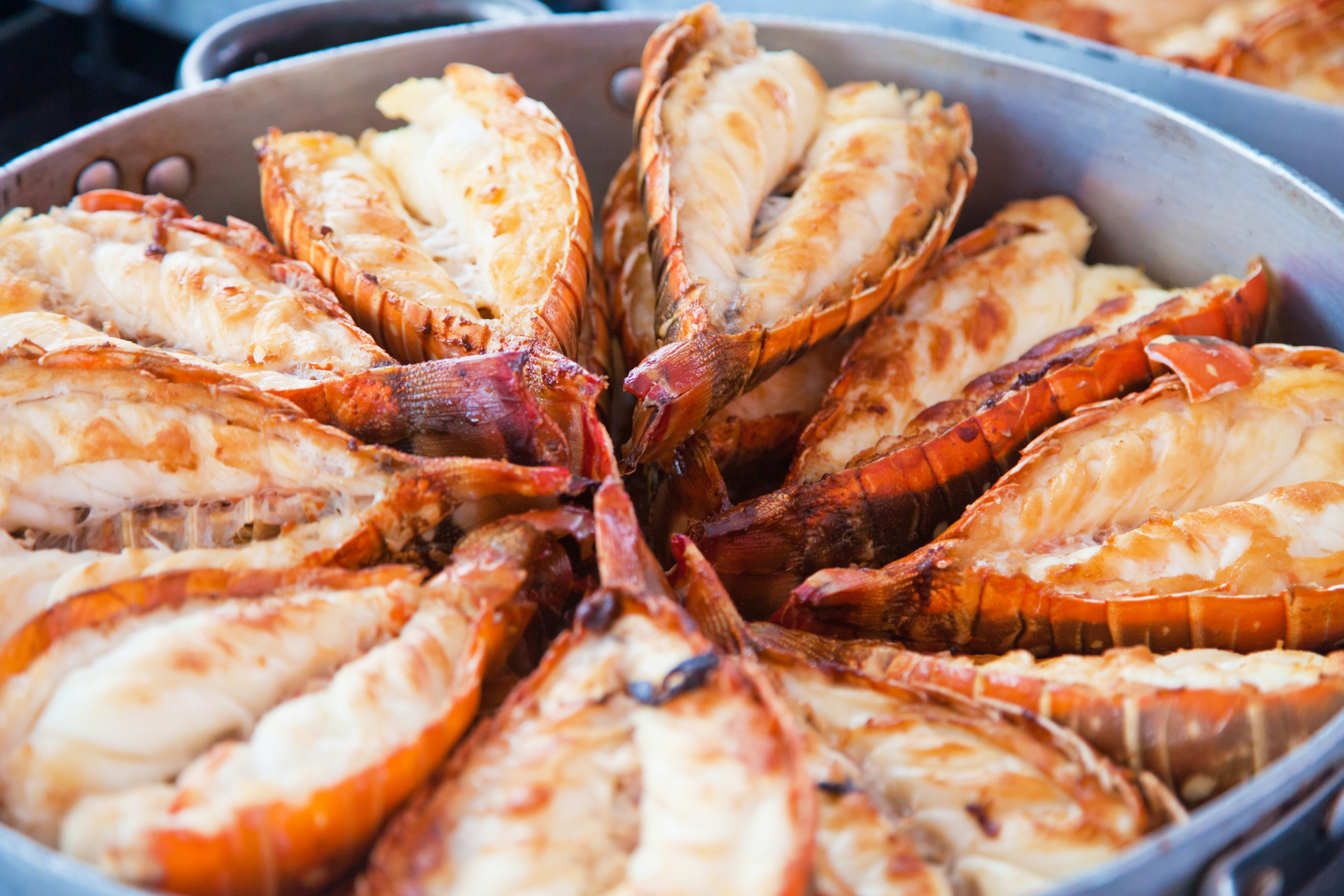 Evgenia Bolyukh/Shutterstock.com
Evgenia Bolyukh/Shutterstock.com
Dining
Although most restaurants in Varadero cater to an international clientele, classics of Cuban cuisine (many of which are a variation on the theme of rice and beans) are still served at local "paladares" (family-run businesses). One menu item that features prominently on local restaurants' menus is lobster, a marine product reserved primarily for export and foreign visitors, and one whose capture still remains a controversial topic in Cuba. Some local specialities include ajiaco stew, meat empanadas, as well as chicken and pork dishes.
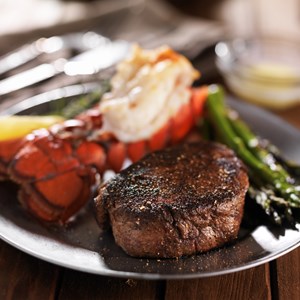 Joshua Resnick/Shutterstock.com
Joshua Resnick/Shutterstock.com
Varadero 60
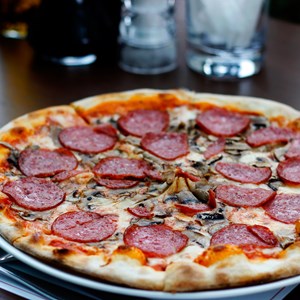 Azeriartvector/Shutterstock.com
Azeriartvector/Shutterstock.com
Paladar Nonna Tina
 Wasant/Shutterstock.com
Wasant/Shutterstock.com
Paladar Salsa Suarez
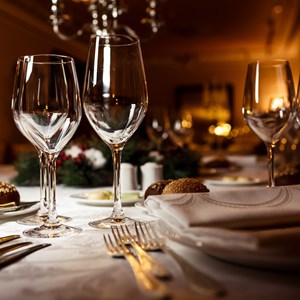 Andrey Bayda/Shutterstock.com
Andrey Bayda/Shutterstock.com
Xanadu
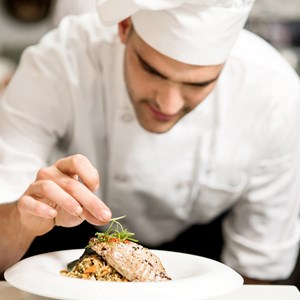 stockyimages/Shutterstock.com
stockyimages/Shutterstock.com
La Vaca Rosada
 mythja/Shutterstock.com
mythja/Shutterstock.com
Dante
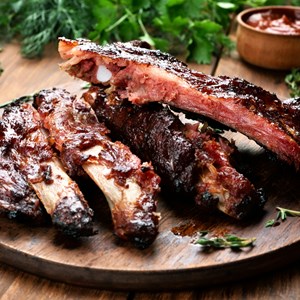 Tatiana Volgutova/Shutterstock.com
Tatiana Volgutova/Shutterstock.com
La Barbacoa
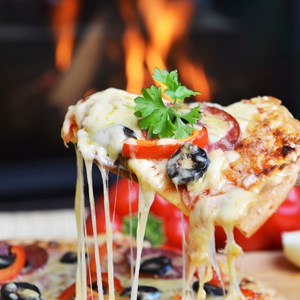 Denis Tabler/Shutterstock.com
Denis Tabler/Shutterstock.com
Kiki's
 paulista/Shutterstock.com
paulista/Shutterstock.com
Cafes
Coffee is an indispensable part of Cuban culture served at most (if not all) Cuban establishments - the world-famous "café Cubano" is essentially a shot of espresso with sugar added in the brewing process. Ice cream is a beloved local treat, and for breakfast, the customary combo is that of a "tostada" (toasted bread with butter) and cafe con leche, often accompanied by fresh fruit.
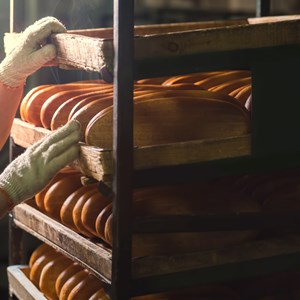 DenisFilm/Shutterstock.com
DenisFilm/Shutterstock.com
Panaderia Dona Neli
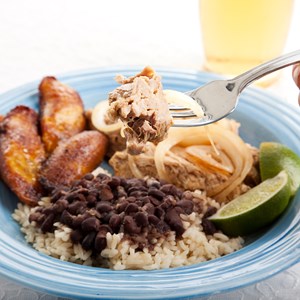 Lisa F. Young/Shutterstock.com
Lisa F. Young/Shutterstock.com
La Vicaria
 AbElena/Shutterstock.com
AbElena/Shutterstock.com
La Bodeguita Del Medio
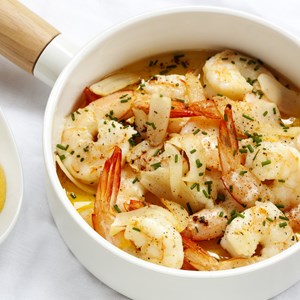 Robyn Mackenzie/Shutterstock.com
Robyn Mackenzie/Shutterstock.com
El Caney
 Brent Hofacker/Shutterstock.com
Brent Hofacker/Shutterstock.com
Terracita's Cafe
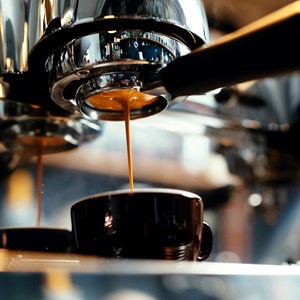 baranq/Shutterstock.com
baranq/Shutterstock.com
La Isabelica Casa del Cafe
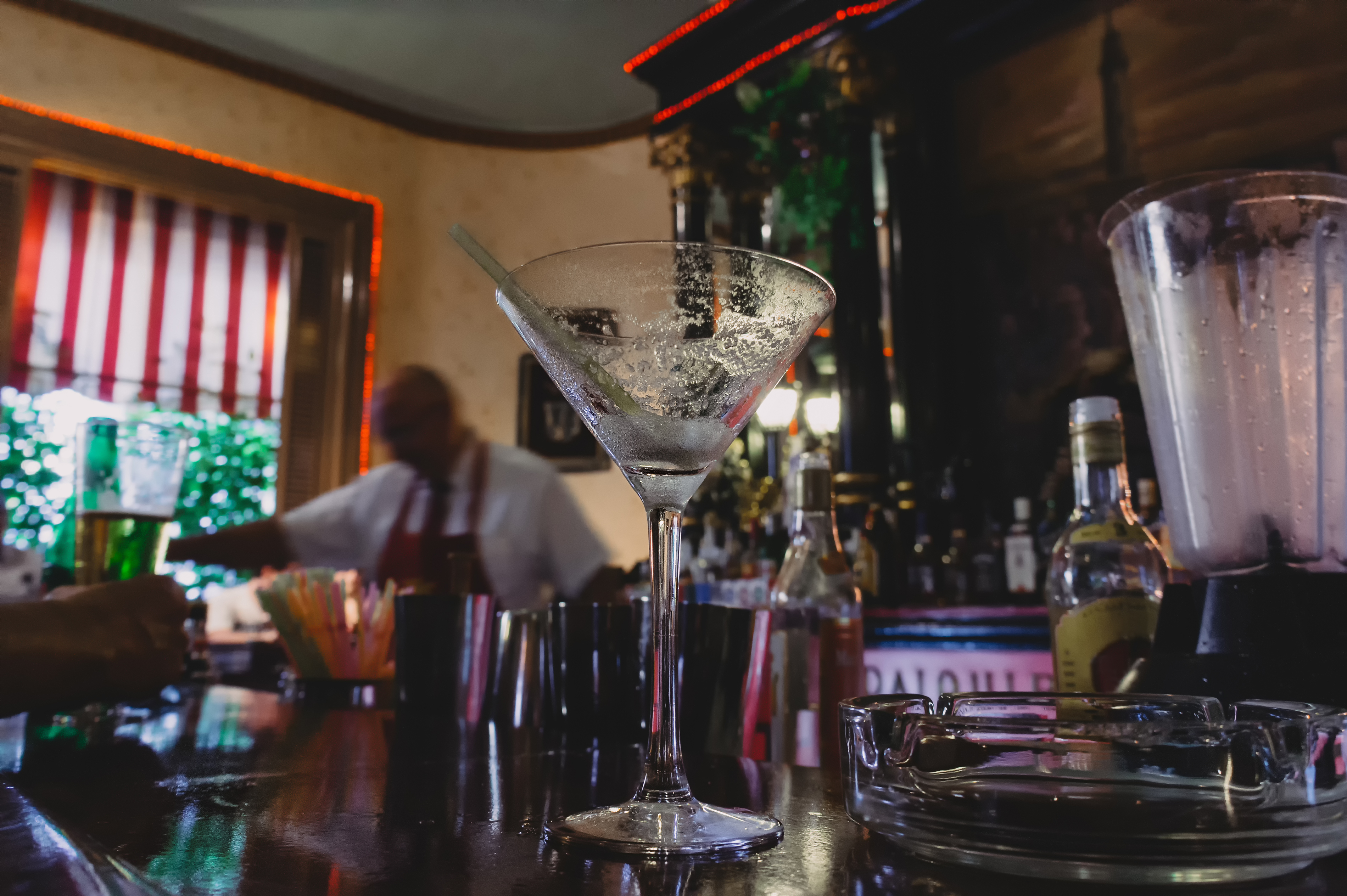 Dmitry Polonskiy/Shutterstock.com
Dmitry Polonskiy/Shutterstock.com
Bars & Nightlife
Nightlife in Varadero is geared primarily towards visitors and vacationers, but most clubs welcome a diverse clientele consisting of both Cubans and international travellers. Bar-hopping may be hard to do on your own, since nightlife establishments tend to be quite spread out along the narrow peninsula, so looking into a pub-crawl type program may be a good idea (these often include entry to one of Varadero's festive cabaret shows).
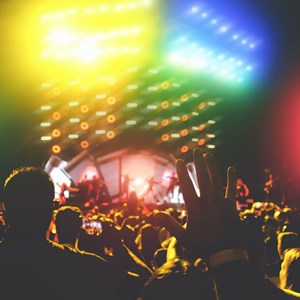 AlessandroBiascioli/Shutterstock.com
AlessandroBiascioli/Shutterstock.com
Calle 62
 Mooid Art/Shutterstock.com
Mooid Art/Shutterstock.com
Casa de la Musica
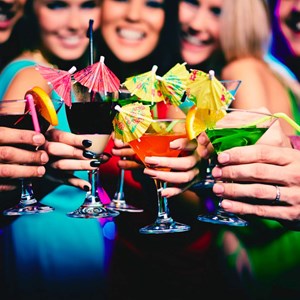 Pressmaster/Shutterstock.com
Pressmaster/Shutterstock.com
La Bamba Disco
 Mooid Art/Shutterstock.com
Mooid Art/Shutterstock.com
Mambo Club
 Dmitry Galaganov/Shutterstock.com
Dmitry Galaganov/Shutterstock.com
Bar Mirador Casa Blanca
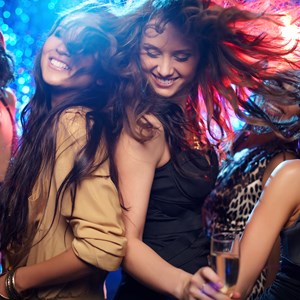 Pressmaster/Shutterstock.com
Pressmaster/Shutterstock.com
La Comparsita
 Bochkarev Photography/Shutterstock.com
Bochkarev Photography/Shutterstock.com
Cabaret La Cueva del Pirata
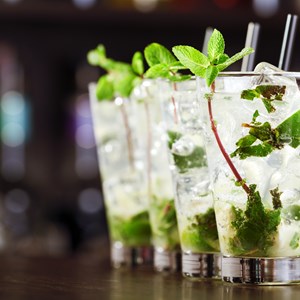 Ivan Mateev/Shutterstock.com
Ivan Mateev/Shutterstock.com
Havana Club
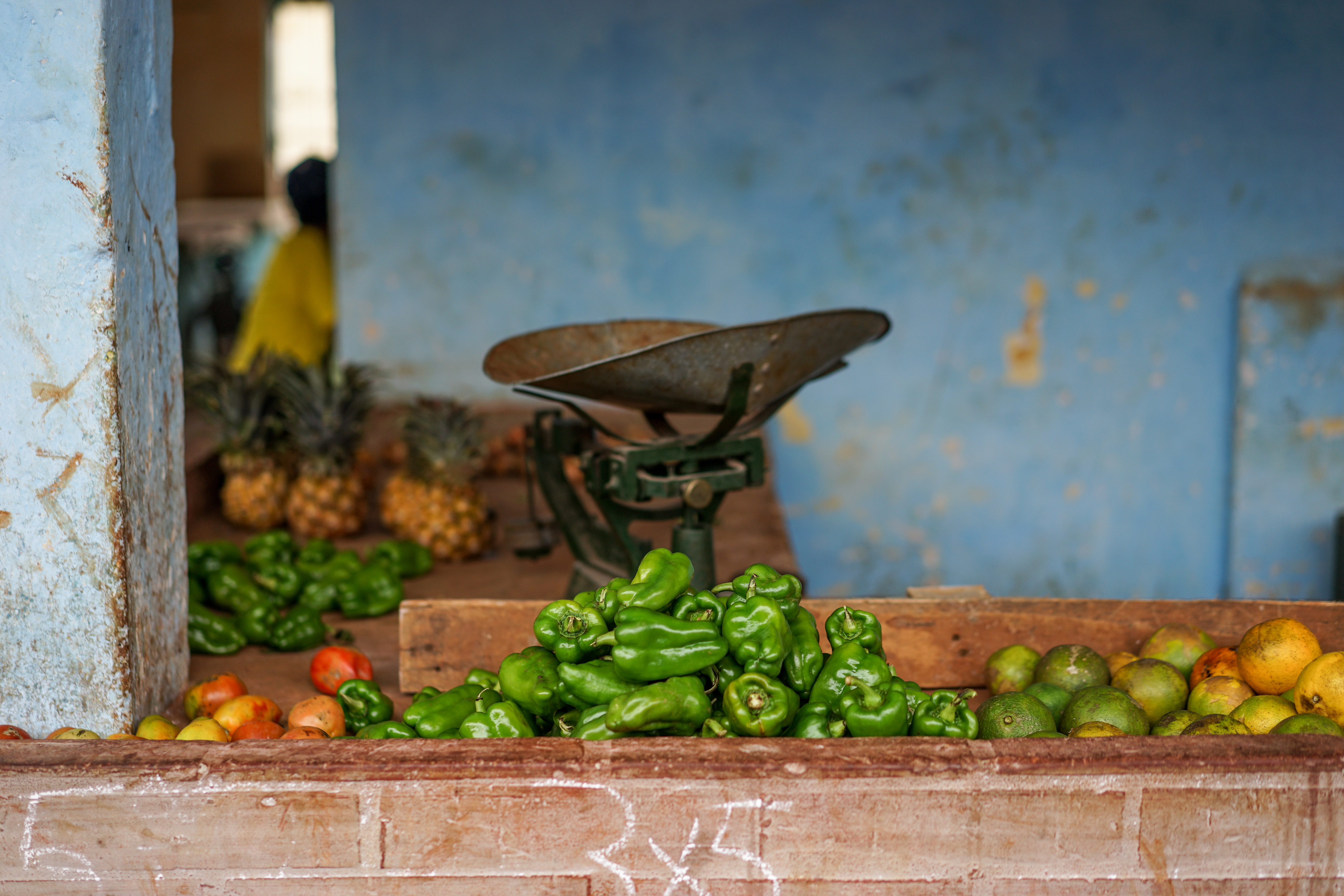 EsHanPhot/Shutterstock.com
EsHanPhot/Shutterstock.com
Shopping
Cigars, rum, coffee and honey are some of the items most sought-after by travellers to Cuba, and rightfully so - these locally-produced products make for perfect gifts and souvenirs, and are often a great bargain to purchase in their land of origin. Products of the non-edible variety include wood handicrafts, Cuban art, music paraphernalia and records. For serious antiques and vintage shopping, it might be worth to plan a trip to Havana, where finds range from rare jewellery to books and magazines.
 Skoropadska Maruna/Shutterstock.com
Skoropadska Maruna/Shutterstock.com
Taller de Ceramica Artistica
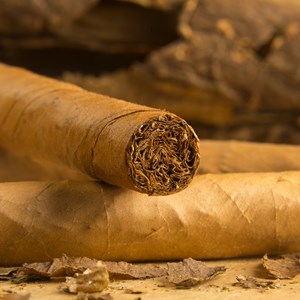 Jeff Wasserman/Shutterstock.com
Jeff Wasserman/Shutterstock.com
La Casa del Habano
 Kamira/Shutterstock.com
Kamira/Shutterstock.com
Varadero Street Market
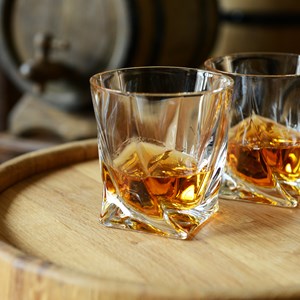 Africa Studio/Shutterstock.com
Africa Studio/Shutterstock.com
Casa del Ron
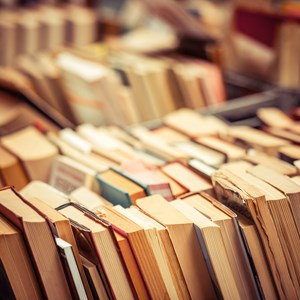 Yulia Grigoryeva/Shutterstock.com
Yulia Grigoryeva/Shutterstock.com
Librería Hanoi
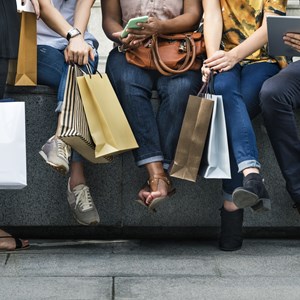 Rawpixel/Shutterstock.com
Rawpixel/Shutterstock.com
Centro Comercial Hicacos
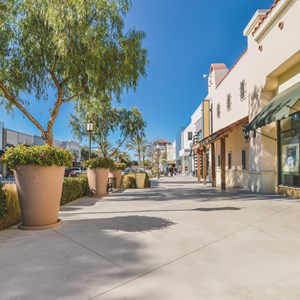 mTaira/Shutterstock.com
mTaira/Shutterstock.com
Plaza Las Morlas
 WSW1985/Shutterstock.com
WSW1985/Shutterstock.com
Plaza America
 gary yim/Shutterstock.com
gary yim/Shutterstock.com
ARTex Store & Handicraft Market
 Wilier/Shutterstock.com
Wilier/Shutterstock.com
Tourist Information
Juan Gualberto Gómez Airport
The airport closest to Varadero - Juan Gualberto Gómez Airport - is located about 20km away from town and serves a number of international airlines. Getting here and away is possible by pre-arranged transfer or shuttle as well as taxi. Car hire is also available at the airport directly.
Address: Matanzas, Cuba
Email:
Phone:
Website: www.varadero-airport.com
More Information:
Passport / Visa
Travelers visiting Cuba are required to hold a valid passport valid for at least 2 months following their travel date, medical insurance, and proof of return tickets. Proof of sufficient funds to support the stay is also required (50 dollars/day).
Citizens of Namibia can stay in Cuba indefinitely. Citizens of Benin, Bosnia and Herzegovina, Kenya, Malaysia, Montenegro, North Macedonia, Russia, Serbia and United Arab Emirates can stay for up to 90 days. Citizens of Grenada and Saint Vincent and the Grenadines — up to 60 days.
Pasport holders of Antigua and Barbuda, Belarus, Mongolia, Saint Kitts and Nevis, Saint Lucia and Singapore can travel for 30 days, while travelers form Barbados and Dominica are welcome for up to 28 days
The remaining majority of international visitors will need to obtain a Tourist Card, Tarjeta del Turista, that grants permission to stay in Cuba for 30 days and can be extended once for a further 30. The card can be obtained via the airline, travel agent or a Cuban mission abroad.
Citizens of the following countries are not eligible for a Tourist Card and will need to apply for a visa: Afghanistan, Bangladesh, Cameroon, Eritrea, Ethiopia, Ghana, Guinea, India, Iran, Iraq, Nepal, Nigeria, Pakistan, Philippines, Sierra Leone, Somalia, Sri Lanka, Syria, and Yemen. Admission is refused entirely to Kosovo nationals.
Those who fly to Cuba from US airports must purchase a "Pink Tourist Card" which is mainly available in the US and fill an Affidavit form, airlines in the US will be able to provide more information about how to purchase the Pink Tourist Card. These Pink Tourist Cards are needed for everyone flying from the US to Cuba on a direct route. Those who enter Cuba from non-US airports must purchase a "Green Tourist Card", which is often less expensive.
Special regulations apply to Cuban-born foreign citizens, who will need to make visa arrangements for a Cuban visa in advance (via a Cuban Embassy), unless they hold a valid Cuban passport.
Address:
Email:
Phone:
Website: www.visaguide.world/north-america-caribbean/cuba-visa/requirements
More Information:
Public Transport
A tourist double-decker bus circulates around the peninsula for a flat rate equivalent of a few dollars. The bus operates on a hop on-hop off basis; the entire route takes approximately 2 hours. Mopeds and bikes are available for hire, as are horse carriages (if those are something for you).
The Varadero Terminal de Omnibus serves multiple locations across Cuba with Viazul.
Address:
Email:
Phone:
Website: www.viazul.com
More Information:
Taxi
Taxis are available for hire at most hotels. The so-called "coco taxis" (small motorised vehicles) operate as a cheaper variety of taxi (these may be hired on the spot nearly anywhere in Varadero).
Address:
Email:
Phone:
Website:
More Information:
Post
Postage stamps may be purchased at Agencia Postal Principal, Varadero's main post office. Mail may often be dropped off directly at your hotel, or blue post boxes around town.
Address: Avenida Primera, Varadero
Email:
Phone:
Website:
More Information: Calle 39 & 40
Pharmacy
Although there are a few pharmacies in Varadero, it is recommended that you bring any necessary medication along, as pharmacies may sometimes be understocked, with prices higher than elsewhere on imported medication.
International pharmacies may be found by the Hotel Varazul in cenetral Varadero, Plaza las Americas shopping mall and further locations.
Address:
Email:
Phone:
Website:
More Information:
Telephone
Country code for Cuba +53
International calls are best made from ETECSA offices (Corner of Av 1ra & Calle 30) or with pre-paid cards.
Address:
Email:
Phone:
Website:
More Information:
Electricity
110 Volts, most newer hotels have 220 V sockets. Two- and three-pin plugs are in use, adapter may be necessary.
Address:
Email:
Phone:
Website:
More Information:

